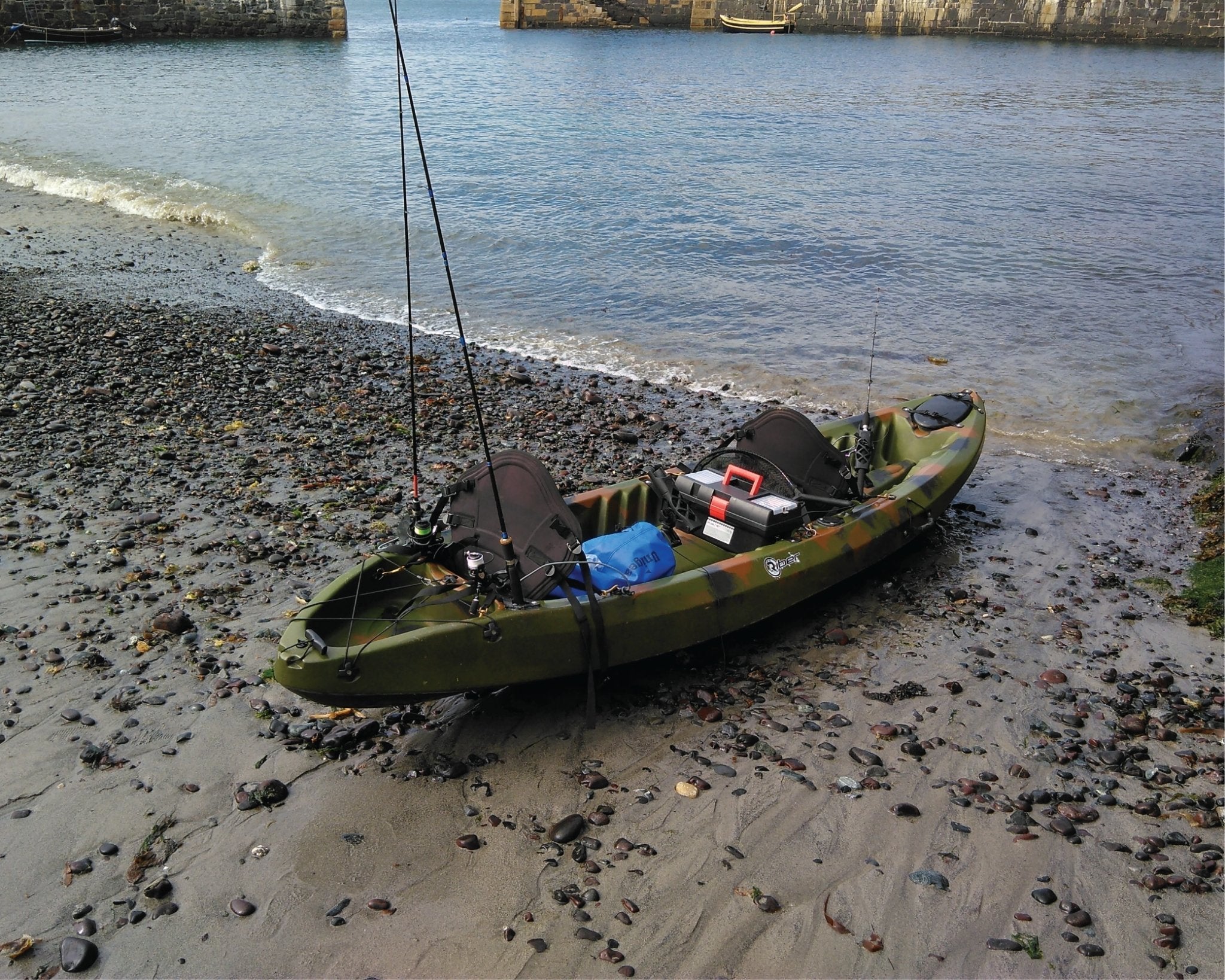Beginners Guide to Kayak Fishing
Kayak fishing is a growing activity for several reasons. Kayakers can move a lot more quietly through the water and reach smaller, more narrower inlets than traditional motor boats. If you love to fish and are looking for a new way to kick up your passion for the activity this summer, why not consider purchasing one of our fishing sit on top kayaks and giving it a go.
Before jumping straight into the fishing aspect, you need to familiarise yourself with the basics of kayaking. If you are totally new to the sport, we would advise taking a course which at the very least covers the following:
- Basic Paddle skills including paddle strokes and bracing.
- How to get back onto a kayak should you fall off and how to right a capsized kayak.
- How to control a kayak in the surf.
- Emergency procedures.
Once you feel confident in this area, it’s time to purchase your very own kayak and plan your first trip. When choosing a fishing kayak, we advise to opt for a sit on top as these are far less restrictive and generally allow you to bring a lot more kit along than standard sit ins. Our kayaks include spots for rod holders, and all have comfortable back rests to make sure the experience is as enjoyable as possible.
Now that you are good to get out on the water, be sure to consider the following tips to ensure a safe and happy time for all:
- Where possible, particularly at the start, fish with a friend or in a small group. Not only will this mean you are safer and better supported it will make the experience a lot more fun. Kayak fishing is a social activity and bragging about your latest catch is a lot better when there is someone there to show off to!
- Always wear a buoyancy aid. No matter the conditions or size of your group, having the correct safety equipment is a no-brainer.
- Stay centred in the kayak to avoid tipping. This applies to both paddling and fishing, especially when casting or reeling in a fish.
- Pack sensibly and try to keep gear and tackle minimal, taking only what you know you will use. Taking dry bags or waterproof cases to secure fishing gear ensures that if you do tip over your stuff will stay dry and attached to the boat.
- When fishing in the tighter spots or in more calm waters, aim to approach as quietly and slowly as possible in your kayak with minimal paddling.
- When you find an ideal fishing location, remember to cast your line as close to any structure of vegetation as you can for your best chance of catching that prized fish.

